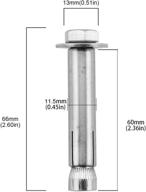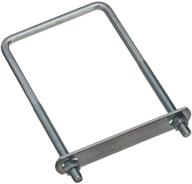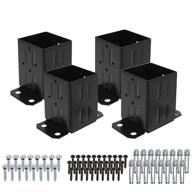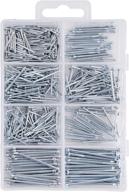
Review on Goodyear Ultra Grip Ice 2 195/55 R15 85T winter by Micha Mitrut ᠌

I am not disappointed, the quality is satisfying.
Previously, I've used ContiIceContact2 and Pirelli Ice Zero studs, so this is my first experience with Velcro. It's better on spikes, but I wasn't expecting a miracle on a snowy road. Velcro is superior, but not on asphalt. The genuine winter only lasts a few days each season in St. Petersburg (well, maybe Hong Kong time), and then everything melts. I do not recommend it for use in areas with a true winter. Rubber does not provide any relaxation while driving on a snowy road, therefore be extra cautious. When and how to speed up. I haven't had any second thoughts about the purchase so far, but who knows, maybe my next set of tires may come studded. I plan to write my season-ending evaluation as soon as possible. That's just the way it is.
- Concerning the noise, 1. Already chilly, November set out to swap out the vehicle. When I got outside of the bar, I couldn't believe what I had just heard. Quiet. This place is dead silent. I can hear my car's engine, the wind rushing past the windows, and the rubber on other vehicles, but not my own. When compared to the Goodyear, the summer one, which I had previously thought was quiet, turned out to be quite loud. For two days, I listened to no music at all. 2) Coziness. You were still reeling from the first shock when another one hit: as you were driving away from the tavern, you noticed that the road had no joints, bumps, or other such imperfections because the rubber ate them all. The car simply switched, and neither Conti nor Pirelli nor summer Toyo were any better. There is a downside to this—the sidewall is incredibly soft—but no issues have occurred as of yet. However, it's possible that they could. Third, how to act on asphalt. It was a warm November and December 2nd and 3rd. Rubber has a pleasant feel at temperatures between +5 and -5, with excellent grip on both dry and wet pavement. Four, concerning the standard St. Petersburg winter. Traveling on a bowl of oatmeal for four or more. The car isn't flawless and it has a slight jerk, but it's nothing serious. No need to ease up on Derzhak, he's doing fine.
- 5. Driving in the snow or ice. Things aren't so peachy around here. The fact that Velcro rides like spikes on ice was unexpected, but it turned out to be the case. You can drive with the flow without incident, the ABS engages practically instantly, but you need to keep a considerably greater distance than usual. I made it onto the bridge without incident, but as soon as I applied any additional throttle, it began to skid. In the same conditions, those riding on spikes experienced substantially less skidding. Six, concerning a typical winter drive on a typical winter road in a regular snowfall. That is why I have decided to compose this critique. After exploring the city by car, I ventured further out to learn more about Velcro's capabilities. Also, my efforts were not wasted. It surprised me that you can only drive at speeds of 60-70 mph on a winter track with standard two ruts of snow, and then it becomes hazardous. Just break free of the rut, and the automobile will start to swerve. Loose, rolled-up snow makes braking nearly ineffective. The only way to get through the turns was to drastically slow down. Adrenaline plays a role in overtaking as well; I once crossed over into oncoming traffic, stepped on the accelerator, and watched as my wheels started to slip at 80 miles per hour (my engine produces only 107 horsepower). There was snow under the wheels, and I did cross the snow track, but there was almost none on the spikes, and that was only in the most extreme cases. Not much snow fell in this area. When turning on loose snow, nothing works very well. The front end will carry nearly instantly, and you'll need to floor it to go through the turn.
New products
Comments (0)
Top products in 🔩 Collated Fasteners
Another interesting products

POWERTEC 4 Inch 20 2 Inch QTB1005 T Slot: A Revolutionary, High-Quality Power Tool Accessory!

8 Review

🔩 5-Pack of M8x60mm Stainless Steel External Hex Expansion Bolts by Yasorn

10 Review

💪 Strong and Versatile: National Hardware N222 406 Square Bolts for Secure Fastening

7 Review

Premium Eapele 4X4 Wood Fence 🪵 Post Anchor Base: Secure Your Fence with Ease

8 Review






